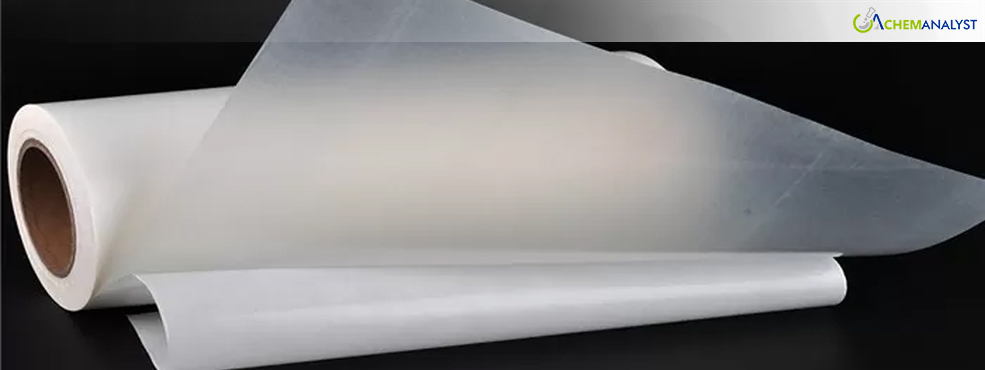EVA Prices Weaken in November Amid High Inventories and Downstream Challenges
- 18-Nov-2024 8:30 PM
- Journalist: S. Jayavikraman
Houston, USA: During the early part of November, there was a minor decline in Ethylene Vinyl Acetate (EVA) prices. According to sources, a decline in trading activities has been noted as market participants awaited the resolution of cargo backlogs following a recent port strike. The demand has remained steady, and the market fundamentals have not shifted. Some Asian buyers have re-entered the market after recent holidays such as Diwali, while others are coming back after delaying purchases in the third quarter, relying on stockpiles accumulated in anticipation of hurricane interruptions. Optimism persists for Q4, supported by expectations of stable raw material costs and consistent downstream demand.
This decline in prices of EVA aligns with the broader trend in the ethylene and vinyl acetate monomer markets, where raw material costs have also eased due to abundant supply. Additionally, reduced activity in the solar industry, which is a significant consumer of EVA for encapsulation, has exacerbated the decline. The solar sector in the U.S. has faced competition from cheaper imports, particularly from Asian markets, and uncertainties surrounding tariffs on components from countries like Cambodia and Vietnam.
The USA saw steady EVA production rates in October 2024. Inventory levels are stable due to balanced domestic demand in sectors such as solar and packaging. In the upstream markets, ethylene prices in the U.S. continued to fall, albeit at a slower pace than the previous weeks due to persistent weakness in ethane prices. While solar encapsulation remains a strong end-use segment, the focus on sustainable packaging has bolstered demand for EVA .
The ability to produce solar panels in the US has grown more than fivefold since President Joe Biden signed the Inflation Reduction Act in August 2022, according to data from industry sources and the federal government. This underscores a major accomplishment in the Biden administration’s effort to revitalize crucial clean energy supply chains within the country.
The primary importers of U.S. EVA, Mexico and Canada, have seen mixed impacts. While Mexico's demand for EVA remains relatively steady due to its use in construction and packaging, Canadian imports are under pressure from similar global trends in reduced solar and industrial activity.
Apart from this, high inventory build-ups, especially in sectors like chemicals, polymers, and consumer goods, have prompted businesses to scale back on new orders to streamline their stockpiles. The combination of holiday-related slowdowns and reduced consumption of EVA has dampened procurement volumes, with businesses adopting a cautious approach to manage excess supplies. However, a potential recovery in procurement of EVA is expected early next year as companies replenish inventory for 2025.
As per the ChemAnalyst price intelligence, the costs of EVA are expected to drop even further in the following weeks. This trend underscores broader economic patterns, where businesses adjust inventory levels based on market demand cycles and seasonal factors.



